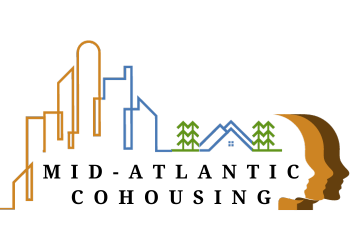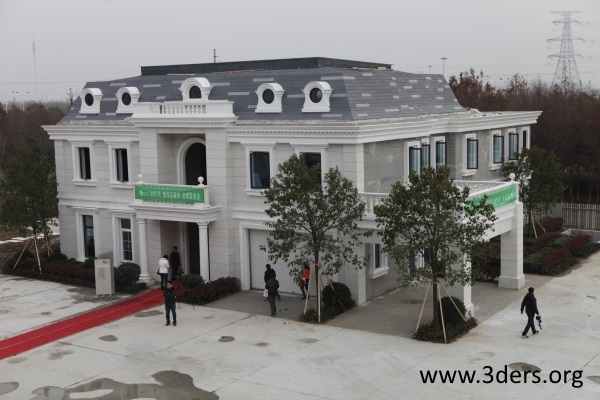|
0 Comments
|
Categories
All
AuthorAnn Zabaldo is a passionate promoter of cohousing. She was on the develoment team for Eastern Village in Silver Spring, MD and Takoma Village in Washington, DC where she lives. She serves on the Board for MAC. Archives
February 2017
See cool blog for Emerson Commons.
Image Credit:
Nathan Dumlao |
|
Website by Erin McMichael
© COPYRIGHT 2023. ALL RIGHTS RESERVED MID-ATLANTIC COHOUSING |
ResourcesProgramsBlogCommunities |
DonateMembershipAboutContact Us |
|
SUBSCRIBE |


 RSS Feed
RSS Feed